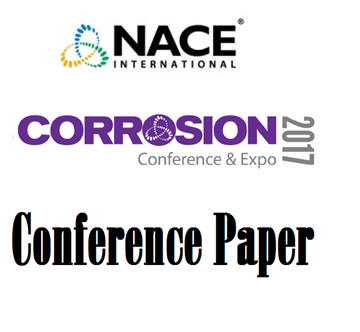Search
Individual Conference Papers
View as
Sort by
Display
per page
Non-Metallic Materials for Design and Construction of Mineral Extraction Equipment
Product Number:
51323-19455-SG
Publication Date:
2023
$20.00
Nonmetallic Materials of Construction for the Mining and Mineral Processing Industry
Product Number:
51323-18921-SG
Publication Date:
2023
$20.00
Non-Metallic Piping Systems for Corrosive Fluid Processing
Product Number:
51317--9121-SG
ISBN:
9121 2017 CP
Publication Date:
2017
$20.00
Non-metallic Slurry Pipelines in Oil Sands - Challenges and Potential Solutions
Product Number:
51323-19483-SG
Publication Date:
2023
$20.00
Non-oxidizing Biocide to Control Sulfate-Reducing Bacteria on a Produced Water Injection Plant
Product Number:
51315-5793-SG
ISBN:
5793 2015 CP
Publication Date:
2015
$20.00
Non-Phosphorus Treatment Technology For Cooling Water Systems
Product Number:
51321-16602-SG
Publication Date:
2021
$20.00
Non-Toxic Novel Silicone Foul-Release Marine Coatings
Product Number:
41212-713-SG
Publication Date:
2012
$20.00
Note On Selecting A DC Potential For EIS Measurements In CO2 Corrosion
Product Number:
51321-16753-SG
Publication Date:
2021
$20.00
Novel Acrylic Epoxy Hybrid Coatings for Metal Protection Applications
Product Number:
41216-966-SG
Publication Date:
2016
$20.00
Novel Anti-Fouling Surface Treatments For Heat Exchangers
Product Number:
51321-16734-SG
Publication Date:
2021
$20.00
Novel Application of Nitrate as H2S Control Strategy in Permian Basin Produced Water Storage Ponds
Product Number:
51323-18968-SG
Publication Date:
2023
$20.00
Novel Composite Overlay for High Temperature Corrosive/Wear Applications
Product Number:
51324-20925-SG
Publication Date:
2024
$40.00











